On This Day…April 4th.
‘Gardening’ mission was the term given to RAF sorties to lay sea mines by aircraft whereby bombers would fly in relatively low and plant parachute assisted mines that would sit at a prescribed depth, just below the surface of the water. Crews hated these missions due to the high attrition rate (the Luftwaffe could accurately predict targets and anti-aircraft gunners knew the height, speed, and general directions the bombers would be running). Added to this, the land and air defences would be aided by ship board artillery, which was not only operated by well trained crews, but mobile.
On 4th April, 153 Bomber squadron were ordered to supply 5 aircraft for 'Gardening' duties while all other aircraft were allotted to a night attack on the oil refinery at Leutzkendorf.
The mission was timed to start in darkness and the attack was calibrated to try and hit the ‘sweet spot’ of altitude between the heavy (higher altitude) AA ordinance and the smaller caliber (lower reaching) artillery. One can only imagine the general mood in the briefing, knowing the odds of survival based on raw data in these attacks were not good.
In the Kattegat (see above) there are few deep-water channels suited to bigger ships and as such the waterways to be mined would be well known to the German gunners, while the islands of Laesó and Anholt both hosted air defence controllers and radar stations.
Wing Commander Francis Powley (above, left), a Canadian with a strong connection with his men, understood the unease these missions caused and made the fateful decision to place himself on the Battle Order for this attack, captaining one of the lead Lancasters, usually flown by Squadron Leader John Gee (right, above).
A true leader who valued appreciated the value of a positive role model, he understood the minds of his men, their fears, and the fragile nature of courage when you have long periods of inactivity.
Powley was not entirely happy with his decision, however, and in his book ‘Wingspan’ (see below), John Gee quotes Powley; "I have been worried about this operation for the past few days and I have a premonition about it. If I had the guts I would take myself off the Order of Battle, but if I did I would never again be able to look the squadron in the face".
Gee takes up the story from his book, “The five Lancasters took off and set out on their journey to the Kattegat. I was so worried - due to Wing Commander Powley’s ‘premonition’ - I did not know where to put myself. The night seemed endless. As the time drew near for their return I went to Flying Control to hear them call up as they entered the circuit.”
“Three of the lancaster turned up and landed but there was no sign of the other two. Wing Commander Powley and my crew in U for Uncle and F/Lt Arthur winder and his crew of R for Roger were missing. In one night I had lost my crew, my Squadron Commander and one of my Flight Lieutenants. I was absolutely distraught. I could not bear to speak to anyone. I went to bed but could not sleep. Bob Purves, who had flown on the operation came into my room and tried to console me.”
“The next day I had the terrible task of having to write to the homes of all my crew and trying to console their parents. I was unable to say much about the operation but I knew they would all be wondering why their sons were missing when I was still at Scampton. I was so terribly sad to have lost my crew and my friend and station commander. The Squadron had been badly mauled"
The mission on April 4th was to be last ‘Gardening’ Operation to take place. The attrition rate, the near impossibility of survival of the downed crews (all the journeys were over freezing seas at night) and the resulting effect on morale brought the practice to a much needed end.
Young German soldiers captured by the US 11th Armoured Division, Levern, Germany, April 4th, 1945
Me 262, Me 310, and Ju 87 displayed outside the RAF Museum at Hendon, London, April 4th, 1976.
Corporal Luther Boyer reads a warning sign against “sight seers” in front of Cologne Cathedral. April 4th, 1945.
Launching of the USS Yorktown (CV-5) at Newport News Shipbuilding and Dry Dock Company, Virginia. 4th April, 1936 by Elenor Roosevelt.
Note the island still in early stages of construction.
Curtiss F6C fighters and Martin T3M torpedo bombers on Lexington's (CV-2] flight deck, photo taken off San Diego, California, 4th of April, 1928.
Liberators of the 448th Bombardment Group (Second Air Division) are attacked by Me 262’s of the very airfield they are targeting.
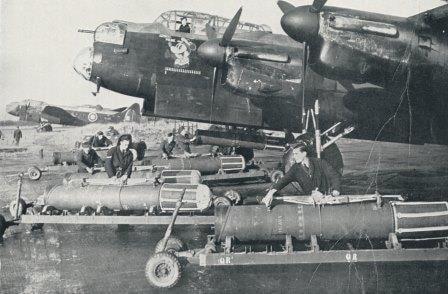
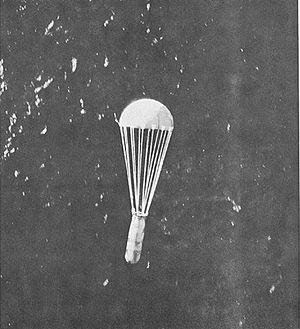
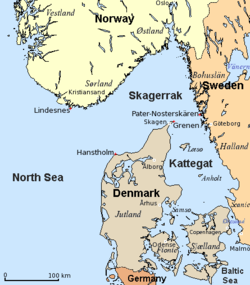

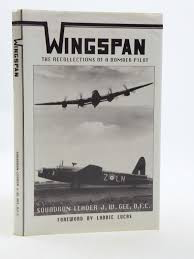

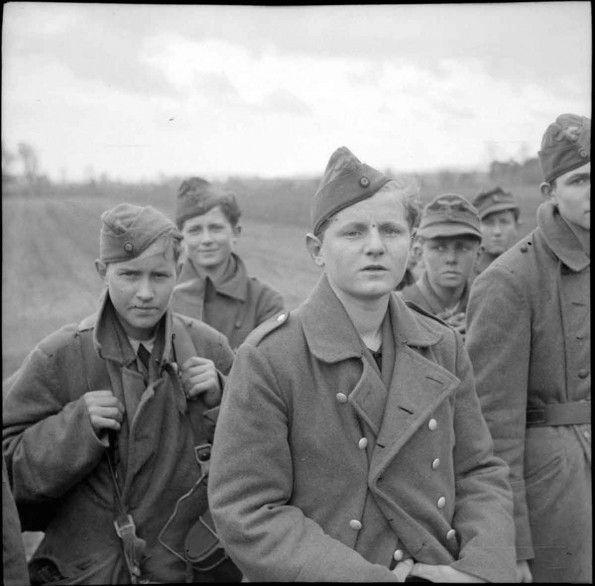

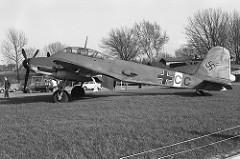
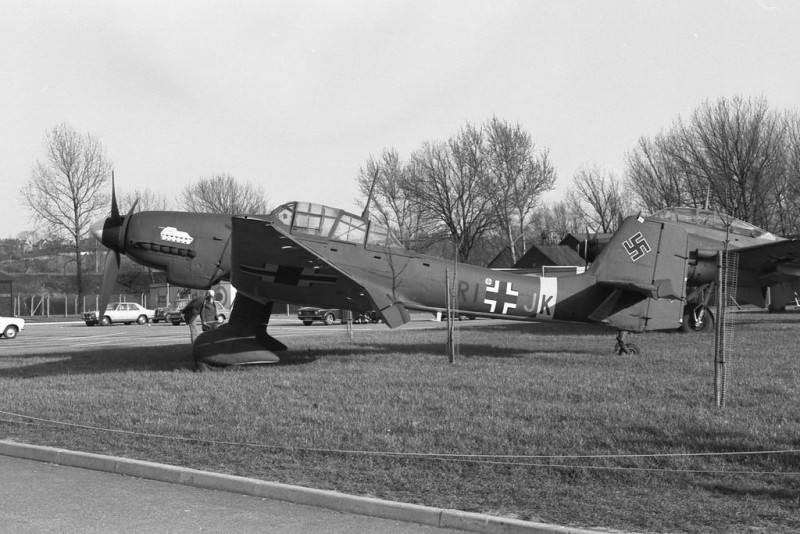

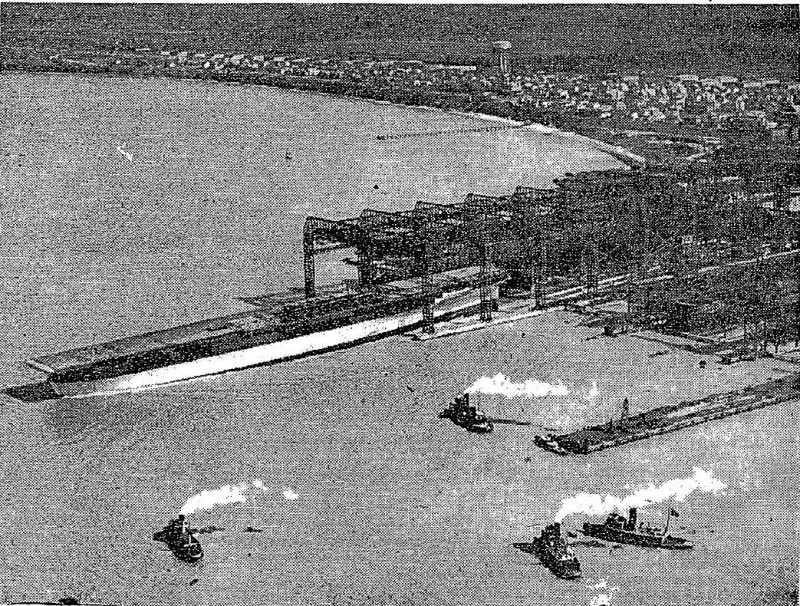

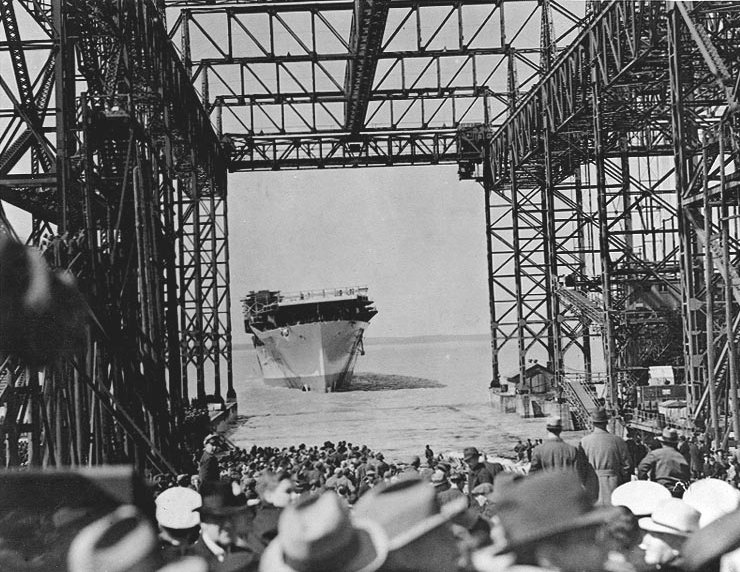





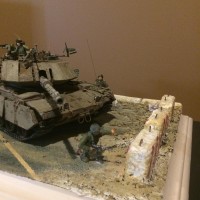

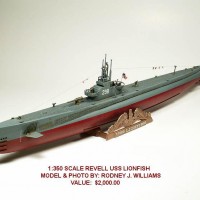

Fascinating report on the gardening scheme. What those poor guys must have thought when they drew the short straws. Good work as usual David.
Thanks, Gary. I’d imagine there would be a general sinking feeling in the stomach at the briefings.
I amazed at some of the missions that Bomber Command and the 8th Air Force sent their men on.
David, As I've stated before, I really enjoy and look forward to these postings, you always manage to hit on something very interesting. However I also find it somewhat distasteful that a certain individual (or individuals sometimes) seem to use this as a platform to spread his own opinion and views that I must say many of us strongly disagree with, and more importantly find that these opinions have no place on Imodeler at all. I believe and hope others do too. Imodeler is about models, and although your postings are not about models directly they do share a common interest as providing ideas and creativity for us model guys to attempt to duplicate. With that said, opinions and political views have no place here and should stop immediately.
The moderators agree with regard to politics, this is also clearly stated in our Content Moderation Guidelines which may be a useful reading... https://imodeler.com/content-moderation-guidelines/
I agree, Terry. Ones personal politics are personal and if people want to find an outlet for that then there’s plenty of other sites out there. I’ve sometimes discussed ‘On This Day’ content with Martin and the team, and have always been given good and sensible advice.
I’ve once or twice thought about quitting the series due to the ‘non-modeling’ aspect of the posts, but if you look through the six month evolution of the thread, there is always either something unusual in terms of subject, something thought provoking about our chosen hobby, or an element of the composition of a photo that may help with weathering, diorama choices, etc.
I find history endlessly fascinating, but if you look at the posts from a modelers perspective, you’d see why I don’t just post on a history site. The exception to this is the stories I often highlight where the key issues are around valour, bravery, sacrifice, and human endeavour. This deliberately runs across all nationalities and I sometimes highlight the absence of absolute right and wrongs to illustrate that.
I think there are many reasons why we choose this hobby. It’s not just the plastic, as 90% (at least) of the projects are war related. Why do we almost all choose war subjects? Good question, and one that I try to address (implicitly) in the ‘On This Day’ series.
In terms of individual content in replies to posts, the Admin team do a great job and my trust in them is complete.
Thanks for the post and comments, Terry. You are a gentleman and a good friend and supporter - I appreciate all of that.
Interesting post as always David - in the first photo - is that an Avro Manchester in the background?
Well spotted, David. It certainly is.